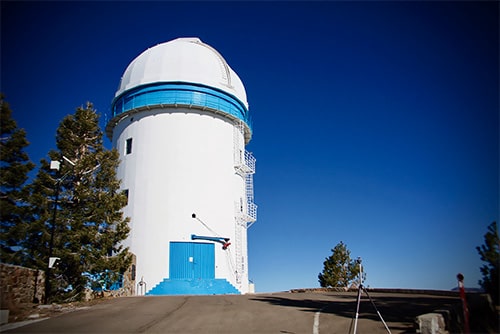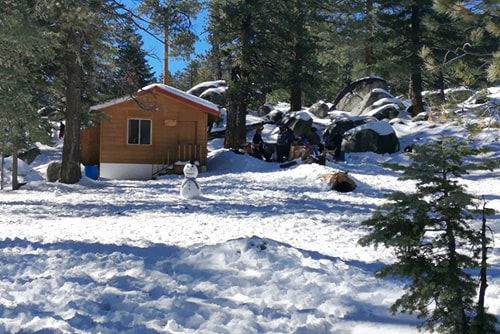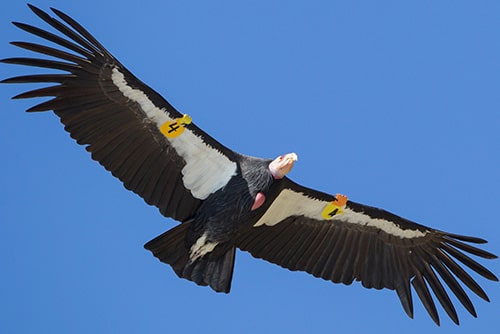The National Park includes the wooded portion located within the mountainous system of the Sierra de San Pedro Mártir, a region with important forest reserves. It is one of the few extensions of mountain forest that are located in the Peninsula of Baja California.
On April 26, 1947 this Natural Protected Area was decreed in Baja California, whose ecosystems contribute to regulate the climate of the central region and the valleys of La Trinidad, San Telmo and San Quintín.
Fauna: Puma (Puma concolor), Lynx (Lynx rufus), Bighorn sheep (Ovis canadensis cremnobates), Coyote (Canis latrans), Badger (Taxidea taxus), Gray fox, fox (Urocyon cinereoargenteus), Californian condor (Gymnogyps californianus).
Flora: Black pine (Pinus jeffreyi), Coulter pine (Pinus coulteri), Straight pine, royal pine, ocote (Pinus devoniana), Four-leaved pine (Pinus quadrifolia), Contorted pine (Pinus contorta), California Oyamel (Abies concolor), Lamo (Populus tremuloides), Arizona cypress (Cupressus arizonica var. montana), (Quercus spp.)

In 1971 UNAM installed telescopes of 84 cm and 1.5 m in San Pedro Mártir. In 1979, the 2.1 m telescope was inaugurated, currently at the level of the best of its kind in the world.
The visits to the astronomical observatory are a courtesy of the UNAM. The hours of attention are from 10:00 am to 1:00 pm. The visit consists of a brief tour on the facilities.
It does not include observation in any of the telescopes since its objective is research and its operation is nocturnal.
More information from the Observatory:
Dr. Mauricio Reyes
Chief of the Observatory
E-mail: maurey@astrosen.unam.mx
Telephone: 01 646 174 45 80 ext 302
Observatory 360 Virtual Tour

Cabins are located near the reception of the park, for more information and reservations dial this number:
01 646 172 30 20
Cabins 360 Virtual Tour

More than 50 thousand years ago, the California condor inhabited the west coast of North America, from Canada to Baja California.
But in the 1930s there were only 22 condors on the planet: they reached the brink of extinction.
The causes of its drastic decrease were hunting, poisoning by pesticides and lead, collisions with electricity cables and intake of small garbage.
Currently, the National Commission of Protected Natural Areas carries out in the Park, the Program of re introduction of the California condor (Gymnogyps californianus), a species considered extinct until 2010, the year in which this status changed to the category "danger of extinction" thanks to its gradual re introduction.

It is important to know what is allowed and what can not be done within the national park; there is a very specific regulation for your stay in the park. For more information please follow the link bellow and see the camping regulation, schedule and tips that you will need to get the most out of your visit
See Regulation.
Official tourist information number.